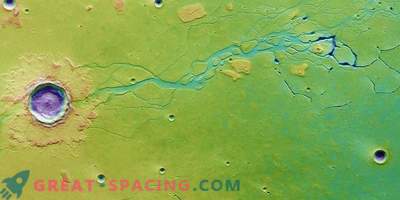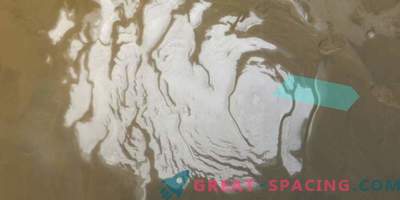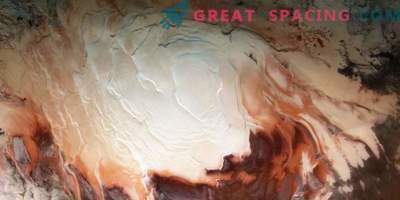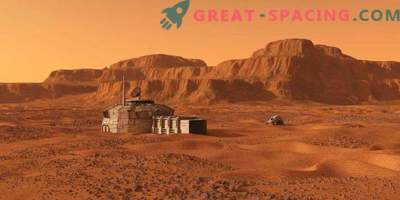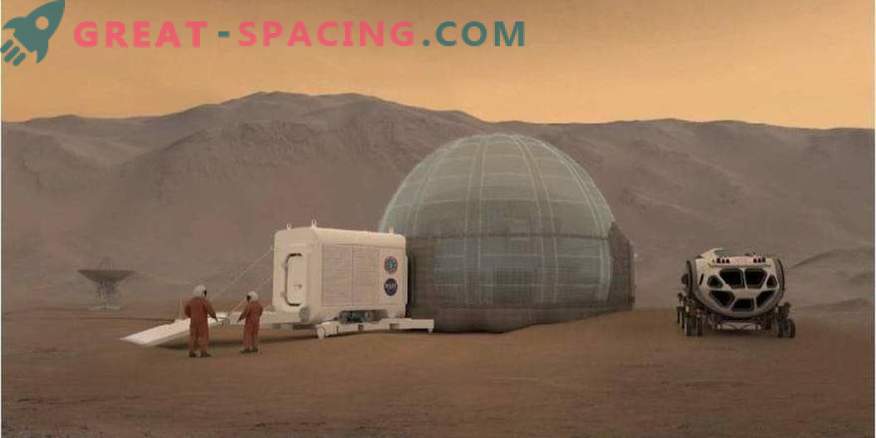
Knowing that there is water on the Red Planet, future researchers can use this resource as part of a new habitat design that will protect them from harmful radiation.
Martian pioneers will be able to build their homes with the help of ice under their feet.
In November, a University of Texas research team reported that the Utopia Plain region contains about as much buried ice as water in Lake Superior on Earth.
This layer, covering a larger area than the state of New Mexico, is located in the middle of the northern latitudes of Mars and covers between 3 and 33 feet (1-10 meters) of soil.
Affordable ice warms the heart of NASA's Langley Engineering Design Group in Hampton, Virginia. They were involved in the development of the project "Martian ice house."
“The ice house is more than just a habitat, because it is the new home that we most need on Mars,” said lead researcher Kevin Kempton of NASA's Langley Research Center. “We offer the best solution for an early Martian outpost.”
An ice house is a deployable habitat concept based on an inflatable structure using ice Red Planet. It can provide a large, flexible, and cost-effective workspace that can be used for many key activities that guarantee long-term colonization success. Much of the savings are due to the use of Martian resources, which eliminates the need for frequent earth supplies.
There is also a biological bonus. Proponents of such designs claim that water ice protects against galactic cosmic rays (GCR), which are considered potentially dangerous to human health and long-term surface missions. The ice house significantly reduces astronauts received GCR doses, compared with aluminum-based habitats.
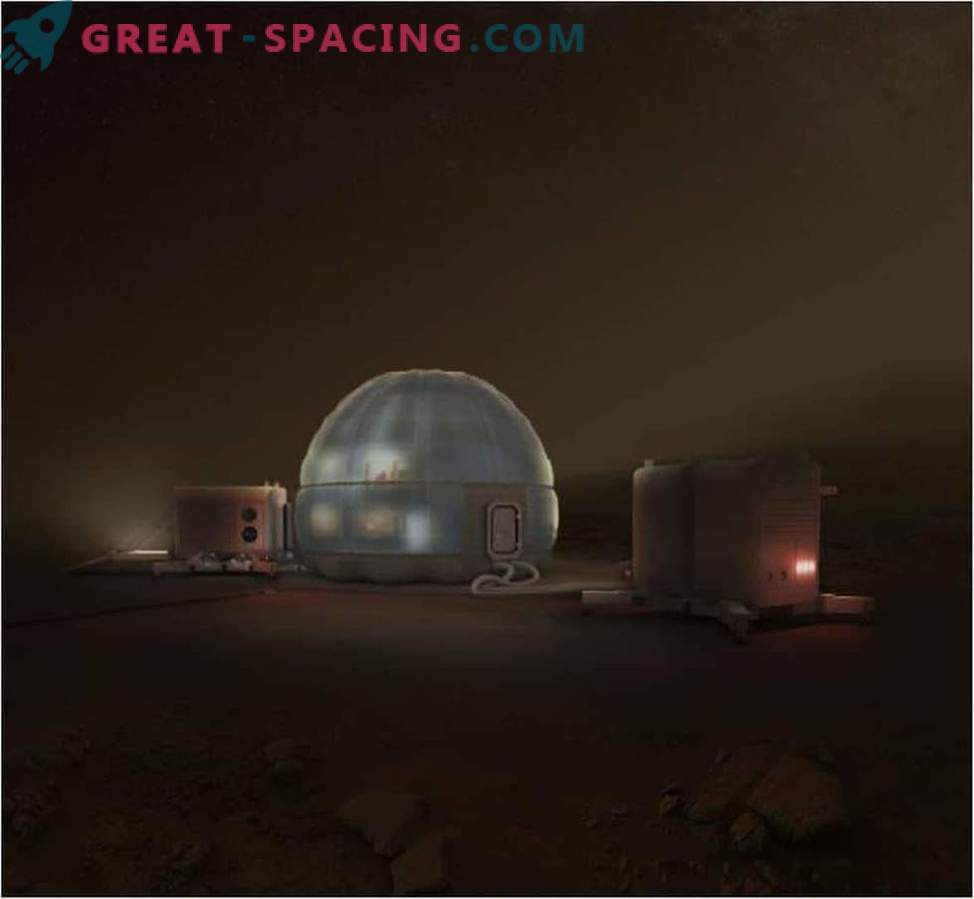
Modern concepts of habitat do not solve the GCR problem, or they require immersion of several meters of Martian mud (regolith). This is evidenced by Kempton, the lead design team that won the NASA Centennial Challenge on 3D Habitat Models. The idea of an ice house offers other advantages for Martian astronauts.
“Upon arrival on Mars, we will be forced to stay long,” he says. “And we cannot do without a place for servicing robotic equipment, which should function in difficult conditions.”
Managing things on the Martian surface is not an easy job. Kempton says: “It’s like wearing clown gloves all the time. Even simple things turn into an insurmountable obstacle and your hands get tired incredibly quickly. ”
The solution is in a large pressurized workspace, where all you need is an ecological suit. So you do not breathe the potentially toxic dust that is on the equipment you serve. Martian ice house meets all requirements. “Many of the regolith 3D printer models look great, but they will not stand up,” says Kempton. - “Mars is close to vacuum and the load of internal pressure literally explodes things that are not protected by a heavy holding layer. It's no secret that on Mars you find yourself in a world with high pressure and designers are limited in the choice of forms. ”
It is already known that the ice house will provide space for four people. The structure includes a sleep area, food production area, logistics, recreation area and work area.
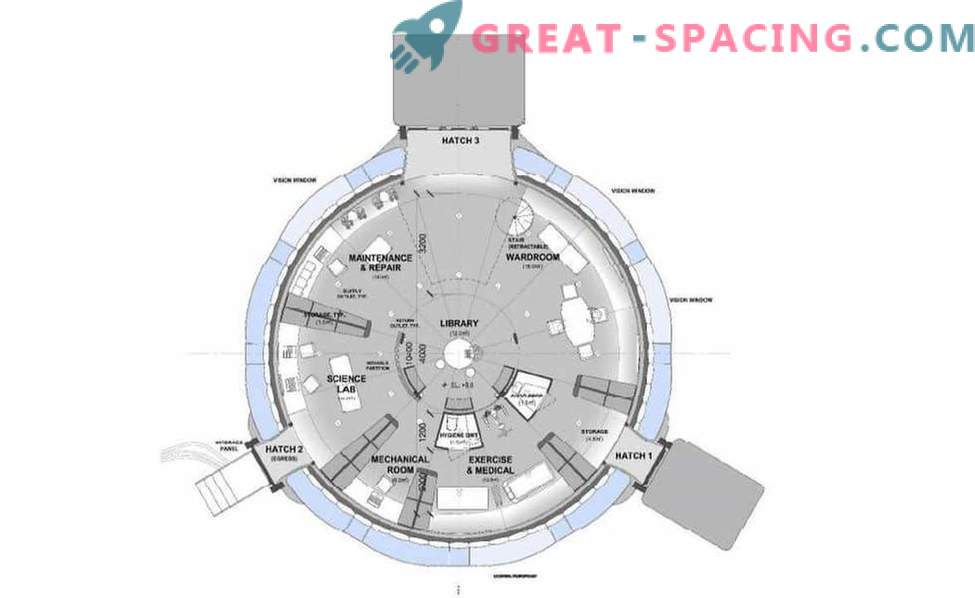
The pressure inside the habitat zone will be 14.7 psi, and the temperature will be 72 degrees Fahrenheit (22 degrees Celsius).
The Martian house is also connected to one or more habitable areas.
Pure ice ice acts as a filling material for shielding and structuring a house. The main layer separating the cells of ice and water will be the carbon dioxide cell, which will use gas from the Martian atmosphere.
The inhabitants of the icy cloister will not be in a dark trap.
“We use transparent materials. So the light passing through them allows you to feel as if you were in a house, not a cave, ”said Kempton.
